Lawn mowers come with different types of blades, and mulching blades are a game-changer for
yard maintenance. They are specifically designed for cleaner grass clippings. Unlike standard
blades, mulching blades chop grass clippings into smaller pieces.
If you’re tired of dealing with cut grass scattered across your yard or spending extra time
bagging and disposing of lawn waste, mulching blades will become your go-to.
In this guide, we’ll explore how mulching blades work, when to use them, and how to keep
them in good condition.
How Does a Mulching Blade Work?
A mulching blade has a uniquely curved shape, allowing it to cut grass several times before
disposing of it on the ground. The blade chops the clippings into fine pieces that stay under the
mower deck. These tiny clippings drop into the soil instead of piling up.
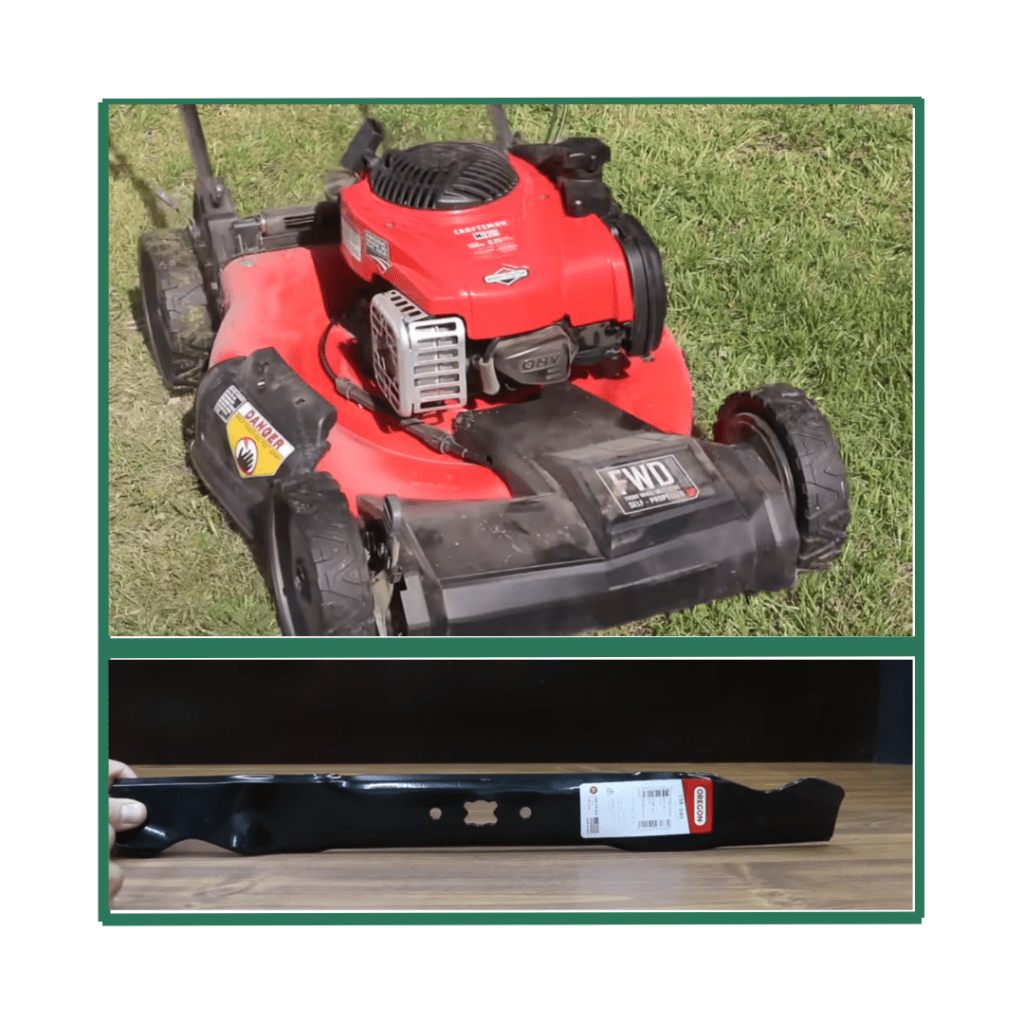
Standard Blades vs Mulching Blades
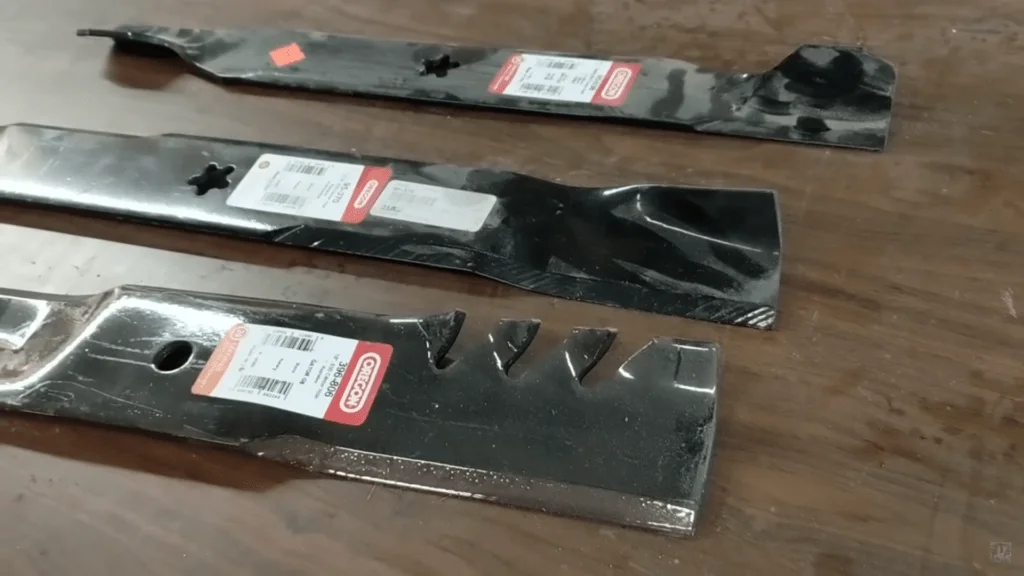
Different mower blades are designed for varied uses. Understanding the differences between
standard and mulching blades can improve your lawn care methods and results.
| Feature | Standard Blades | Mulching Blades |
|---|---|---|
| Primary Design | Side discharge or bagging | Mulching, bagging, and discharging |
| Blade Shape | Straight | Curved with multiple cutting edges |
| Cutting Action | Single cuts | Repetitive cuts |
| Clipping Size | Larger clippings | Very fine clippings |
| Lawn Fertilization | Minimal | Provides natural fertilization |
| Waste Management | Requires frequent disposal | Reduces yard waste |
| Soil Moisture | Limited impact | Helps retain soil moisture |
| Mowing Speed | Usually faster | Slightly slower due to multiple cuts |
| Environmental Impact | Less eco-friendly | More environmentally conscious |
Why Use a Mulching Blade?
Replacing your regular 2-in-1 blades with mulching 3-in-1 blades is a good idea if you have a
lawn that needs to be mowed every three to five days. Here are the benefits using a mulching
blade brings to your lawn:
1. Improved Lawn Health
Since a mulching blade finely chops the grass before disposing it on the ground, you don’t have
to bag the remnants up. They end up acting as natural fertilizers for the grass. They return
nutrients like nitrogen to the soil, which helps the lawn grow thicker and greener.
2. Time-Saving
Mulching blades minimize the need for raking or bagging grass clippings. This saves time and
effort, especially for large yards.
3. Eco-Friendly
Did you know something like lawn care can be unsustainable? But with mulching blades, you
don’t need plastic bags to pick up clippings or extra trips to dispose of yard waste. These blades
inadvertently promote a more sustainable lawn care method.
4. Cleaner Appearance
Mulching blades have a curved design that finely cuts grass within the deck, unlike standard
blades that lift and discharge. The tiny clippings blend into the lawn, leaving a clean, tidy look
without visible piles.
Factors to Consider Before Using Mulching Blades
If you are considering switching to mulching blades over standard ones, make sure you check
these off your list:
1. Lawn Mower Compatibility
Not all lawn mowers are designed for mulching. Certain mowers may require a mulching kit or
specific attachments. A quick check of your mower’s manual will tell you if the blades are
suitable.
2. Cutting Conditions
Mulching blades perform best on dry grass. Wet or dewy grass can clump together, clogging the
mower deck and preventing the blades from properly chopping the clippings, leading to
buildup.
3. Grass Height
These blades will work best if you mow your grass on a two to three-day basis. If the grass gets
very tall, they may struggle to chop it finely. If you’d like, use standard blades first, then switch
to mulching blades for regular maintenance.
4. Blade Care
Mulching blades need regular sharpening to work well. Blades that have gone dull might end up
tearing the grass instead of cutting it. Uneven cutting can leave your lawn vulnerable to
diseases.
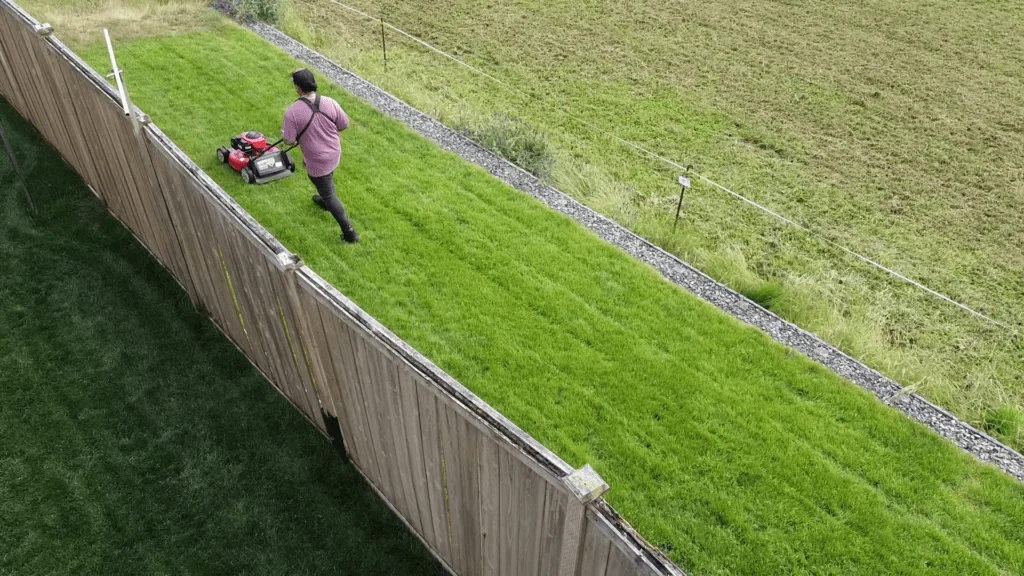
Tips for Choosing the Right Mulching Blade
If you’ve decided that mulching blades are perfect for your lawn, here’s what you need to look
for:
- Ensure the blade size matches your mower’s specifications by measuring and confirming
compatibility. Using the wrong size can damage your mower and affect performance. - Some mulching blades are designed for specific tasks. For example, the high-lift
mulching blade is great for bagging, while low-lift blades work better with sandy and
loose soil. - Choose blades made from durable steel to withstand wear and tear. Always research
reviews and suggestions before purchasing.
How to Maintain Your Mulching Blades
Taking care of your blades will increase their shelf life. Keeping them sharp and maintained
helps them cut grass more cleanly. Here’s how you can keep your mower performing well:
1. Clean After Every Use
Grass clippings can stick to the blades and deck. Clean them after mowing to prevent buildup.
2. Sharpen Regularly
Dull blades tear grass and leave uneven cuts. Sharpen your blades at least twice every mowing
season. You can do this manually with a filer too.
3. Inspect for Damage
Check for dents, cracks, or bends in the blades. Improper blades should be replaced to avoid
uneven cuts or damage to your mowerStore Properly
4. Store Properly
Store your mower in a dry, covered area to prevent rust, which can weaken the blades and
reduce their efficiency over time.
When NOT to Use Mulching Blades
Mulching blades aren’t the ideal choice for every mowing practice. Here’s when you would
want to avoid mulching and stick to a standard blade:
Overgrown Grass:
If your lawn hasn’t been mowed for weeks, mulching blades will
struggle to handle the quantity and not work properly. Instead, mow with a standard
blade to trim and then switch to mulching blades.
Wet Conditions:
Mowing wet grass with mulching blades will clog the mower and result
in uneven cuts. Wait for a sunnier day or mow during the late afternoons with a
mulcher.
Leaf Cleanup:
Mulching blades do shred leaves, but large piles are bound to overwhelm
the machine. A rake or leaf blower might be better for heavy cleanups.
Final Thoughts on What is a mulching blade
Mulching blades are different types of mowing blades that have a curved texture for chopping
into grass clippings. They do not pile up the grass but instead dispose of the small pieces back
into the lawn.
They are a great tool for keeping your lawn healthy and neat. These blades help save time,
reduce waste, and add nutrients back to the soil.
Mulching blades work best under the right grass conditions and with proper care. If you’re
ready to try them, make sure your mower is compatible. Invest in high-quality blades that can
be easily installed and get started!

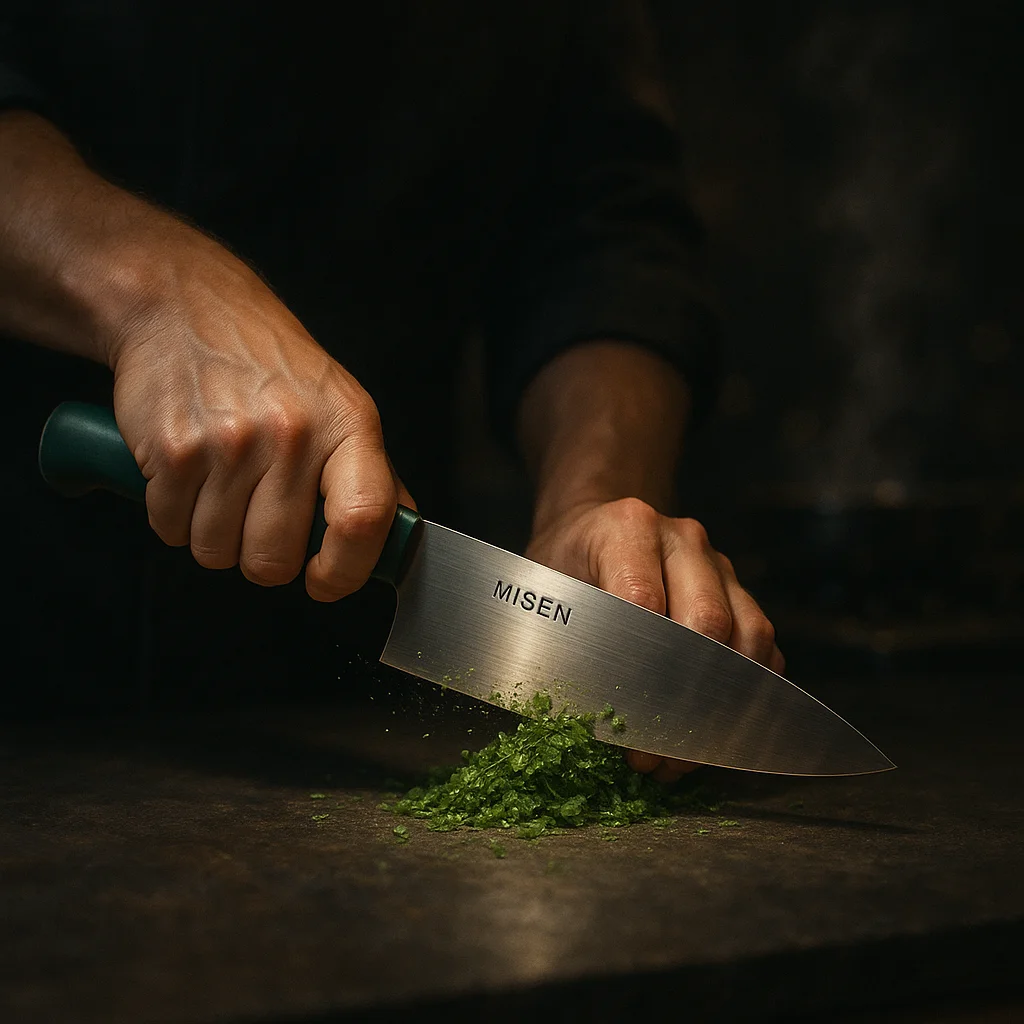
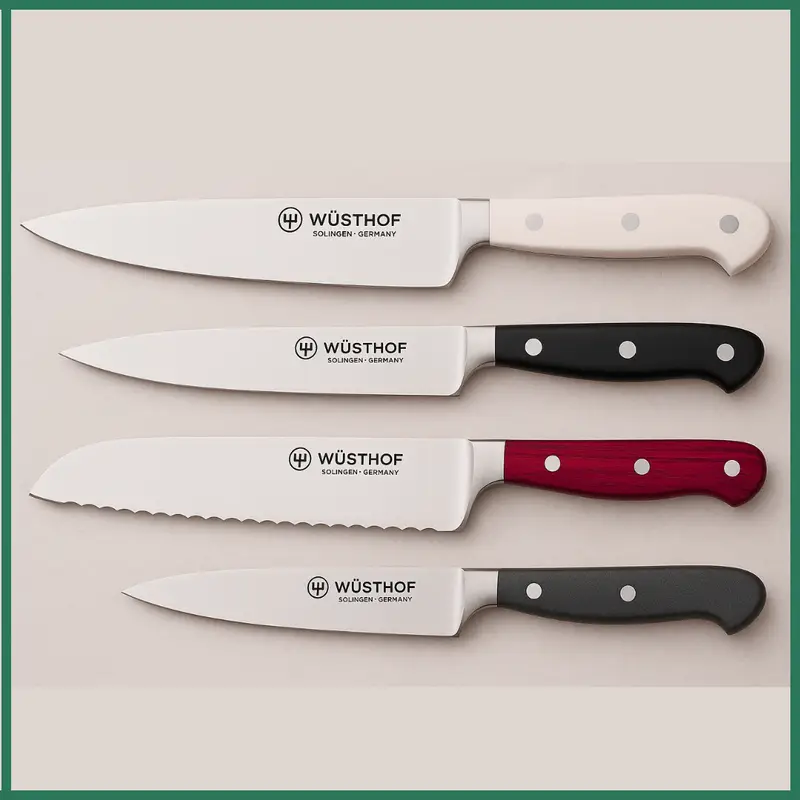
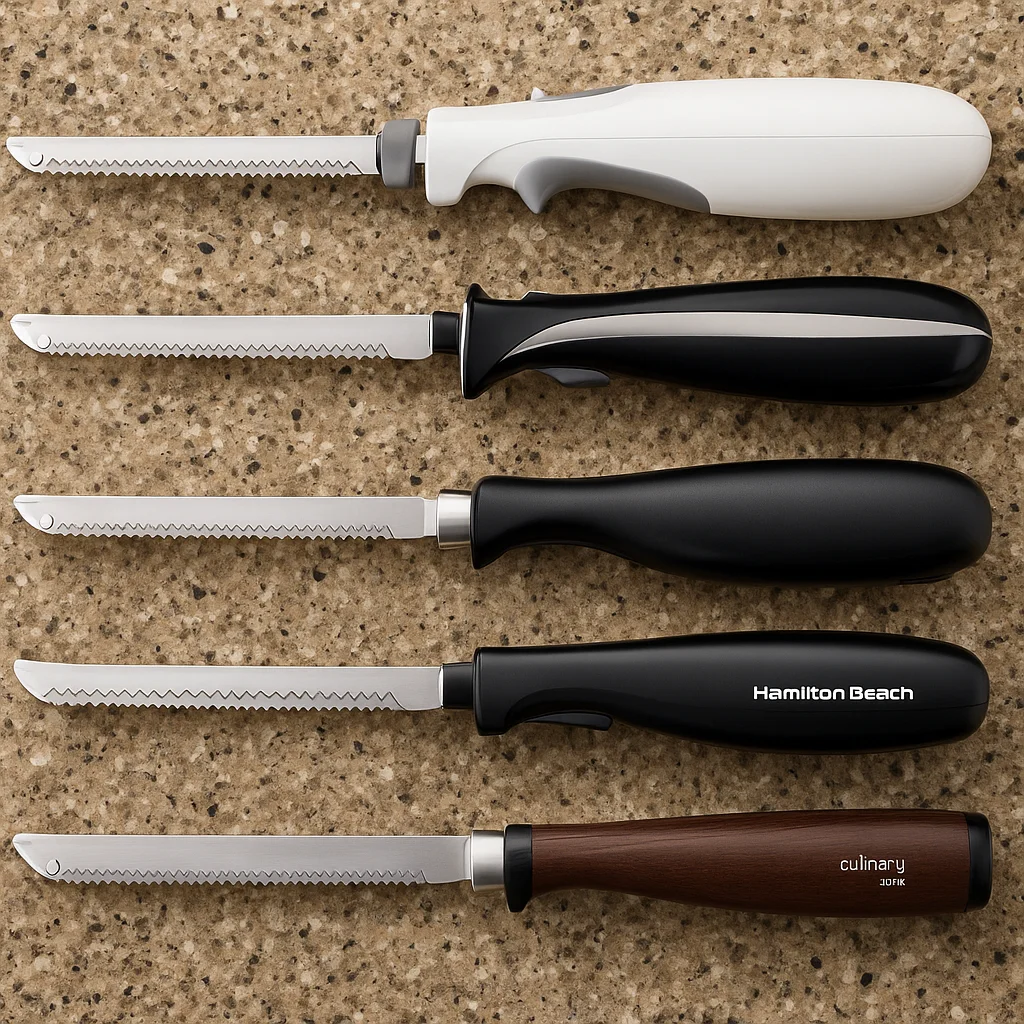
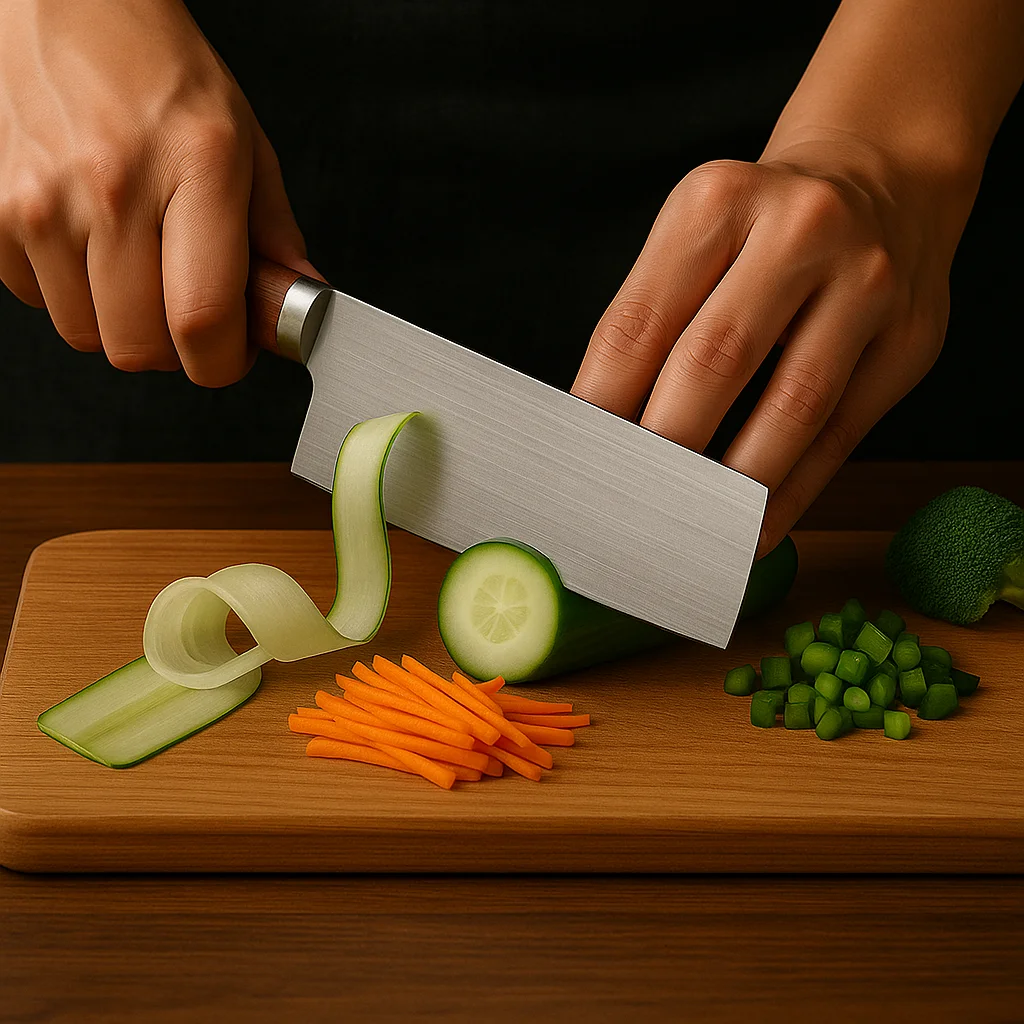
Leave a Reply